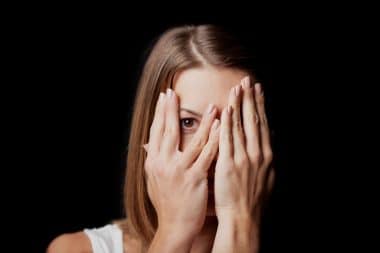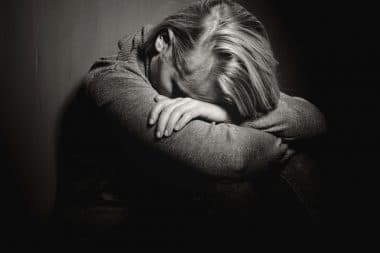SAD or seasonal affective disorder is actually depression appearing in the same season every year. If you feel depressed in the cold and lowered sky months of winter, but are cheerful in spring and summer, you are a victim of SAD. Everybody can get SAD but it is common in those who live where winter days are short, are women, between the ages of 15 and 55, and those who have relatives diagnosed with SAD.
Characteristics of SAD
There is no sure reason why SAD is an epidemic, but it might be caused by a definite lack of sunshine. You may find your sleep-wake cycle or circadian rhythms are upset or SAD may be caused by problems with serotonin.
Symptoms of SAD vary, but if you feel grumpy, anxious and moody or down, lose interest in life and your activities, eat more and crave carbohydrates, gain weight and sleep more you are experiencing SAD. Symptoms come the same time every year and many people with SAD find that symptoms start as early as September.
Diagnosis and Treatment
You may have a difficult time determining if you have non-season depression or SAD. Symptoms are generally the same. Talk to your doctor or counselor and let them know if you have the following issues:
- A close relative has or has had SAD,
- You are often very hungry and crave carbohydrates, gain weight and sleep more than normal,
- Wake up from sleep feeling drowsy,
- Feel you are depressed during the same season every year, but have gotten better with season changes.
There are ways that SAD can be treated. You can use light therapy. Sit in front of a ” “light box” for half an hour or longer in the morning. Try dawn simulation. Use a dim light that goes on automatically in the morning just before waking up. This light gradually brightens during the morning.
Light therapy works for most people and is easy to utilize. You may just feel better within a week after you use light therapy. You do need to continue with light therapy until the season changes or you will find that your depression returns.
Antidepressants can balance brain chemicals affecting your moods. Keep taking your antidepressants and don”t stop just because you are feeling better. You may have side effects to the medication or your depression could become worse. When you feel you are ready to stop your doctor will help you reduce the dosage. This prevents other problems.
Counseling can help. Try cognitive-behavioral therapy. This type of therapy teaches you about SAD and how to better manage your symptoms.
Exercise and being active during the daytime hours help you to have more energy and feel a bit less depressed. It is excellent to walk, ride a bike or swim.
SAD affects one out of five people in some form or another during different seasons. If you or someone you know is experiencing symptoms of seasonal affective disorder try these activities:
- Spend time with the depressed person even thought they are withdrawn,
- Keep reminding your friend or loved one that he/she will be better with time,
- Help with daily tasks. Try not to enable your depressed loved one; however, they might expect you to take over all their daily responsibilities.
- Take a walk with the SAD person. Try getting out in the morning sunlight.
- If you have a treatment plan, stick with it and help your SAD friend to maintain the plan issued by his/her doctor.
If you are unsure how to help someone climb out of their SAD state, talk to a counselor for more tips and tricks.





